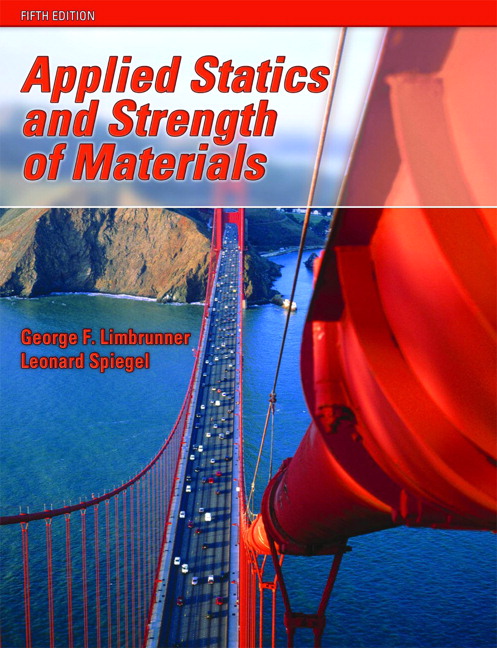Driven by the availability of modern software and hardware, Bayesian analysis is becoming more popular in neutron and X-ray reflectometry analysis. The understandability and replicability of these analyses may be harmed by inconsistencies in how the probability distributions central to Bayesian methods are represented in the literature. Herein, we provide advice on how to report the results of Bayesian analysis as applied to neutron and X-ray reflectometry. This includes the clear reporting of initial starting conditions, the prior probabilities, and results of any analysis, and the posterior probabilities that are the Bayesian equivalent of the error bar, to enable replicability and improve understanding. We believe that this advice, grounded in our experience working in the field, will enable greater analytical reproducibility among the reflectometry community, as well as improve the quality and usability of results.
翻译:由于现代软件和硬件的可用性,贝叶斯分析在中子和X射线反射法分析中越来越受欢迎,这些分析的可理解性和可复制性可能因文献中对巴伊斯方法中心概率分布的表述方式不一致而受到损害。在这里,我们就如何报告适用于中子和X射线反射法的巴伊斯分析结果提出建议,其中包括明确报告初始起始条件、先前概率和任何分析结果,以及相当于差错栏的巴伊西亚等值的后方概率,以便能够复制和增进理解。我们认为,以我们实地工作经验为基础的这一建议将使得反射法界能够进行更多的分析性再分析,并提高结果的质量和可用性。




